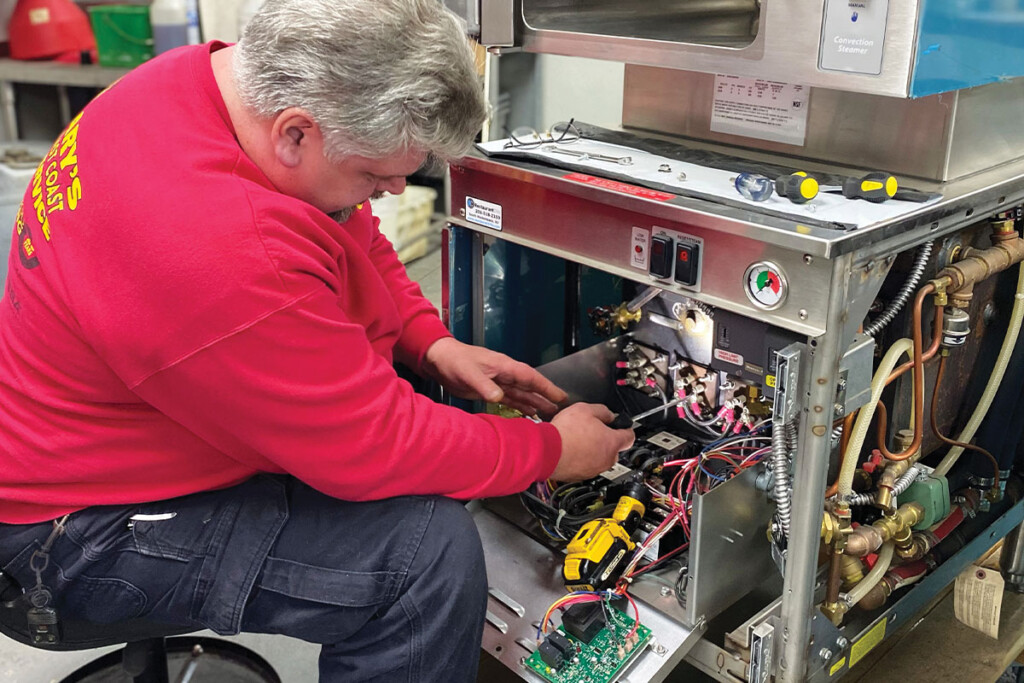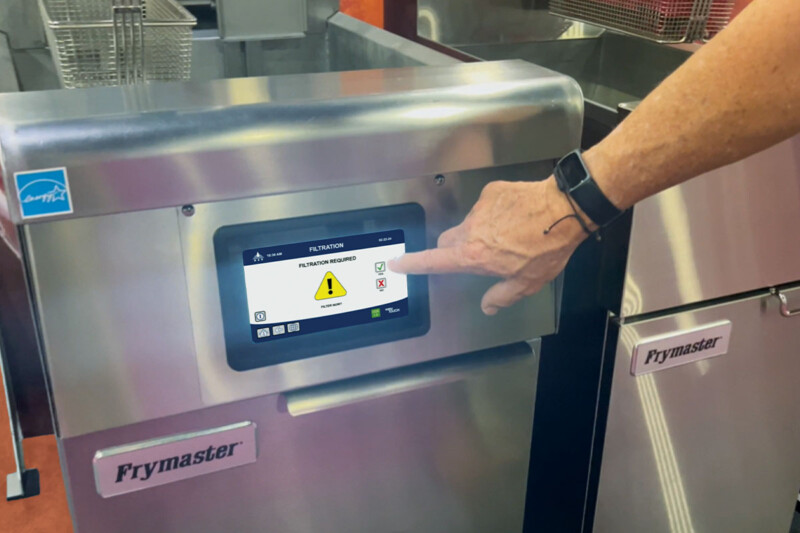How to Maintain Your Steamer
A service agent dishes tips that keep your steamer going, helping you keep your cool.

Two huge advantages to steamers in today’s foodservice environment are speed and freshness. Steamers can cook or reheat nearly anything that doesn’t require browning or baking, and because steam transfers heat anywhere from 24 to 34 times more efficiently than air (depending on variables), they’re incredibly fast. And because they help products retain moisture, color and nutrition, they can help produce the healthful foods many customers desire.
Like any piece of equipment you come to rely on, however, the last thing you need is to have your steamer fail in the middle of a rush. According to Gary Petitti, president of Gary’s East Coast Service, Oxford, Conn., most failures can be prevented by correcting the surprising mistakes employees make. Watch out for these errors:
CLOSING THE DOOR AT NIGHT. It’s only natural to want to close the steamer door after cleaning it at the end of the day. Don’t. “Any moisture left in the cavity interior won’t have a chance to evaporate with the door closed,” says Petitti. “Instead, the door gasket will hold and absorb the moisture, eventually causing it to fail.” Gaskets can cost $100 to $400, and a failing gasket will allow steam to escape, affecting performance.
USING TWO COOKING MODES AT ONCE. Employees will try, but on many steamer models if they use the timer when the steamer is in manual mode, it will continue to run, generating steam, even when the timer cycle has ended. That can cause safety issues, use water faster, generate more scale buildup and a host of other issues. And you don’t want to pay for a service technician to come all the way out just to flip a switch. Teach employees to put the steamer in timer mode when not in use and make sure that the timer is turned to zero.
FORGETTING TO CHECK THE DRAIN VALVE. “On some models, if the manual drain valve isn’t closed tightly, the steamer won’t fill properly, continuously draining instead, and the unit won’t operate or heat,” Petitti says. Again, good staff training and communication can help you avoid unnecessary service calls.
IGNORING WATER QUALITY ISSUES AND/OR WATER FILTER MAINTENANCE. When the lights come on (the control panel) but nobody’s home (the steamer won’t turn on), it’s often a water quality issue. Time and again, technicians responding to calls like this find that: a) the water filter on the unit (if it has one) is dirty, preventing the steamer from filling, or b) the kitchen’s water filter hasn’t been changed or properly maintained, clogging the solenoids or fill sensors on the unit with dirt or mineral deposits. Always have the operation’s water tested and follow the manufacturer’s recommendations for the right filtration. Then, make sure employees change filters as scheduled.
RELATED CONTENT
- Advertisement -
- Advertisement -
- Advertisement -
TRENDING NOW
- Advertisement -
- Advertisement -
- Advertisement -


